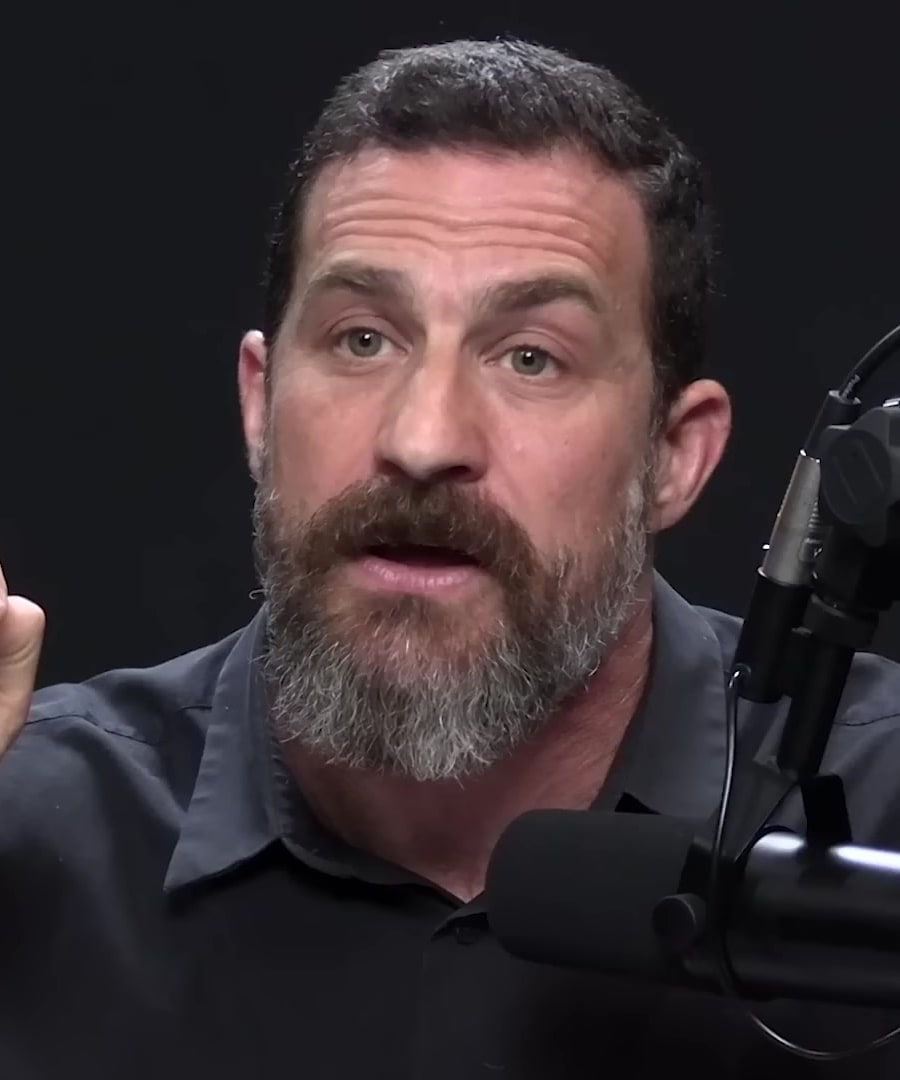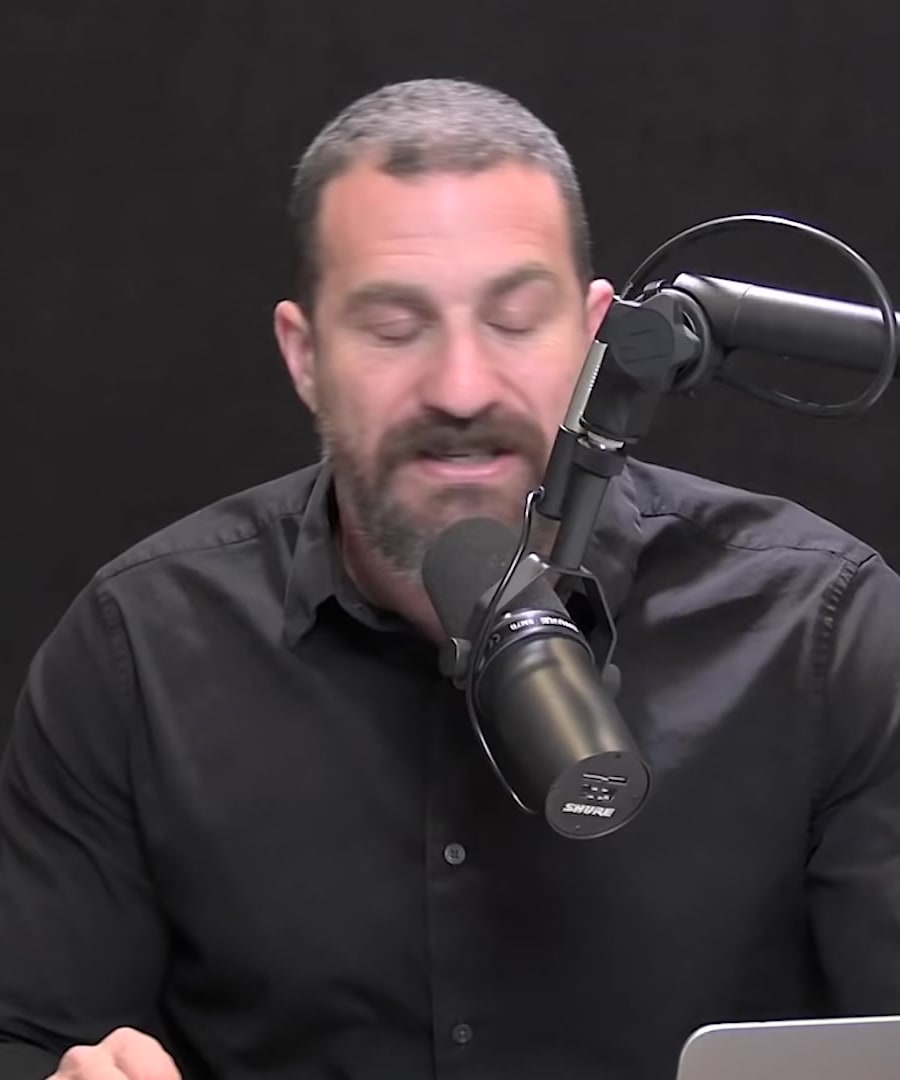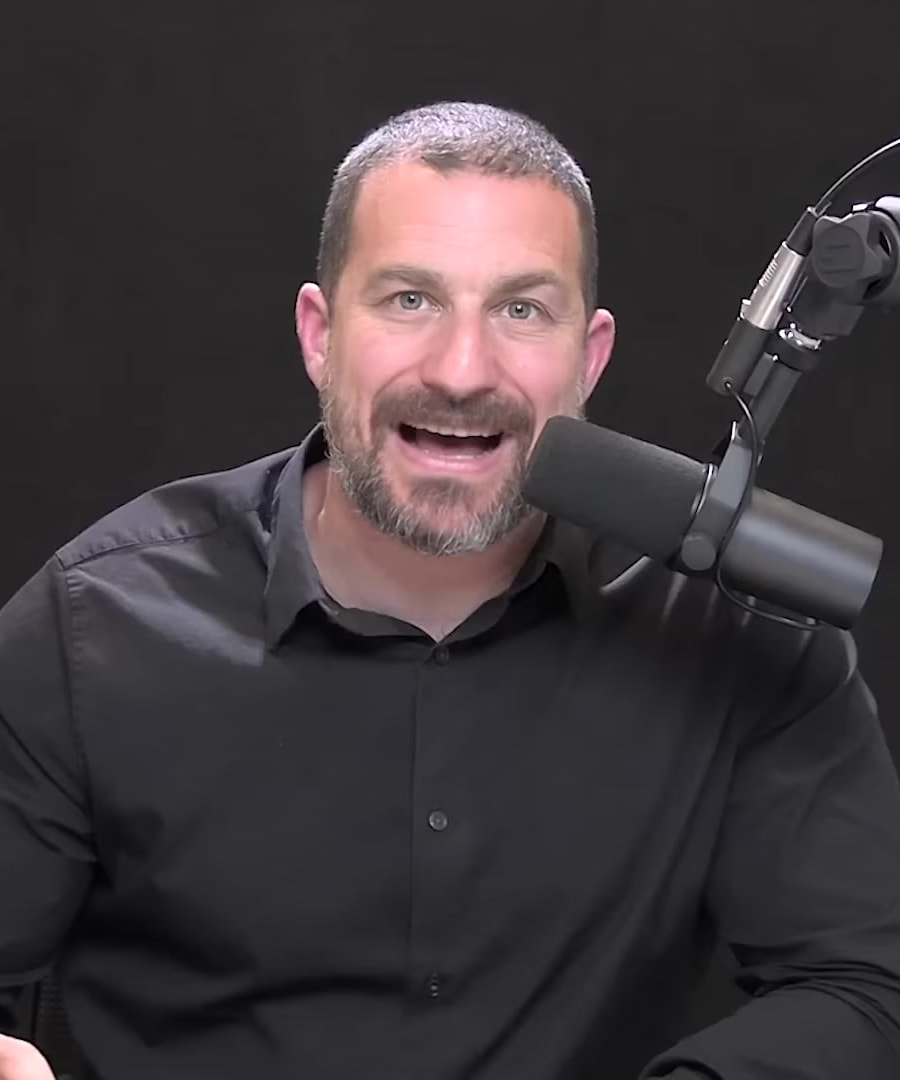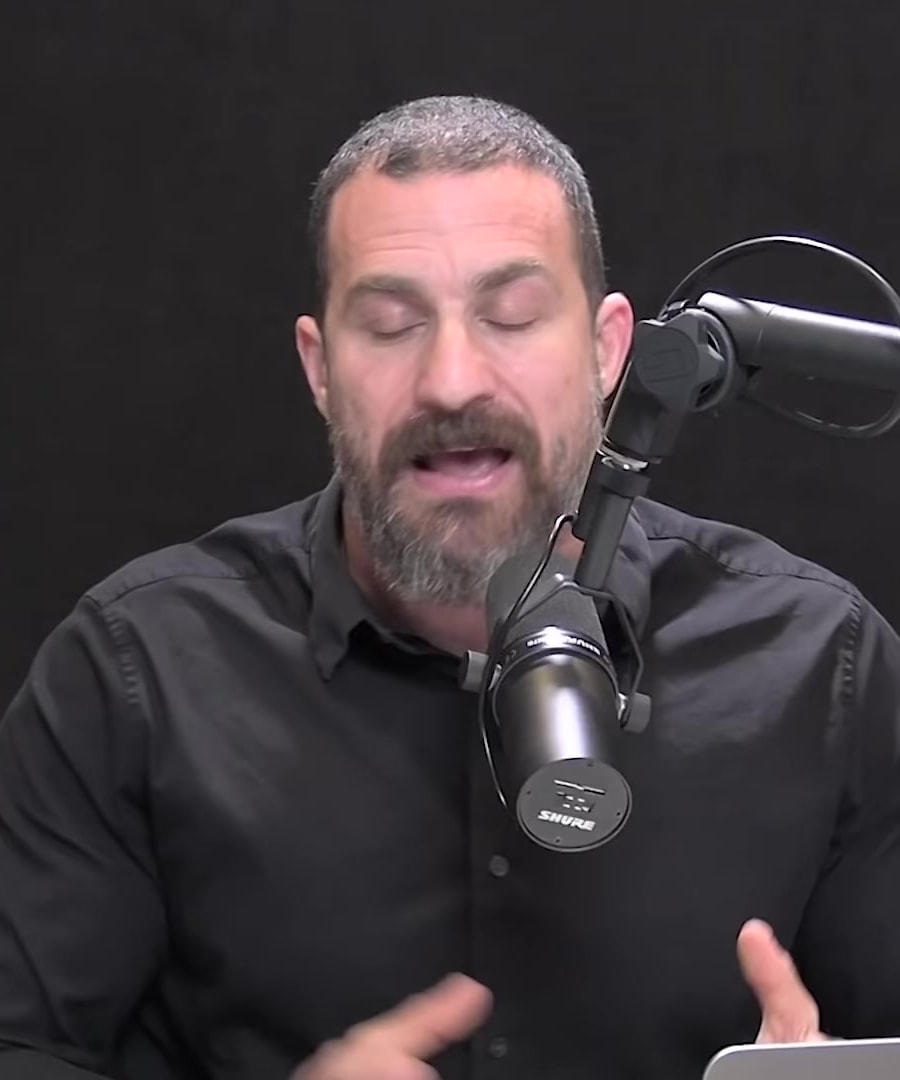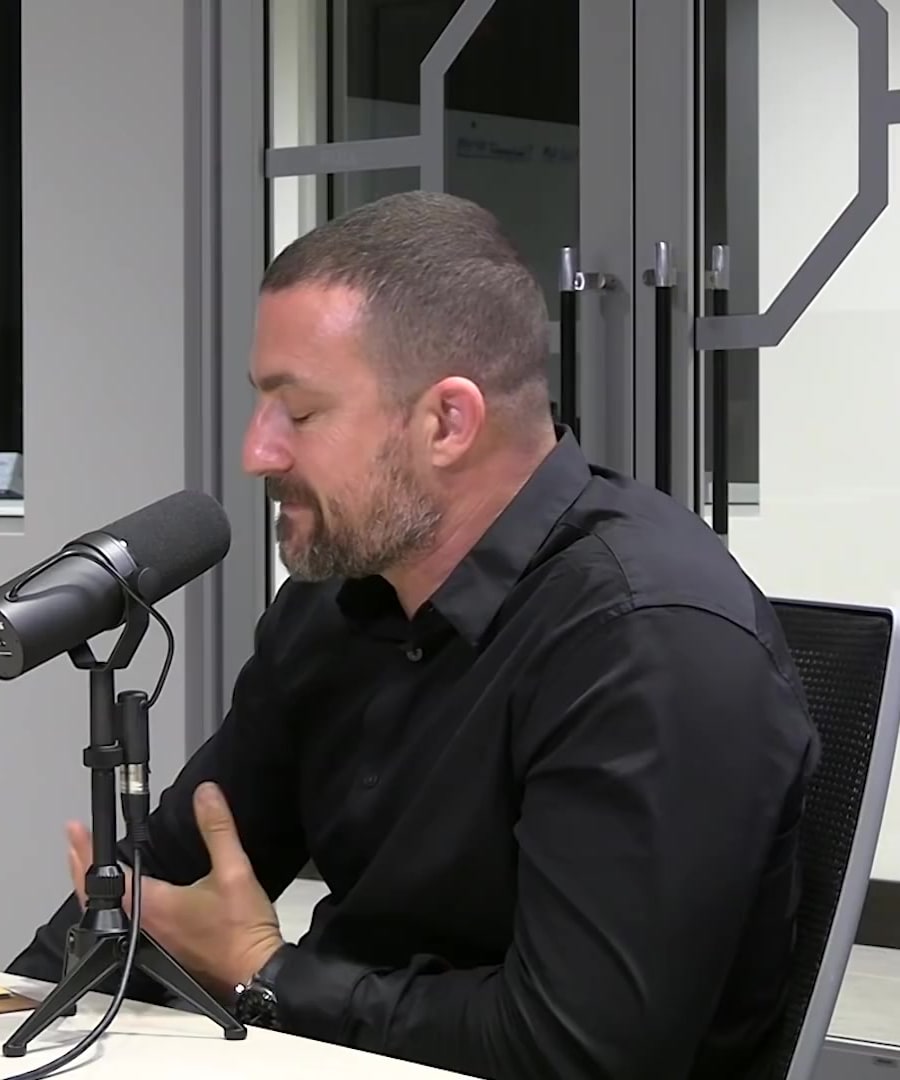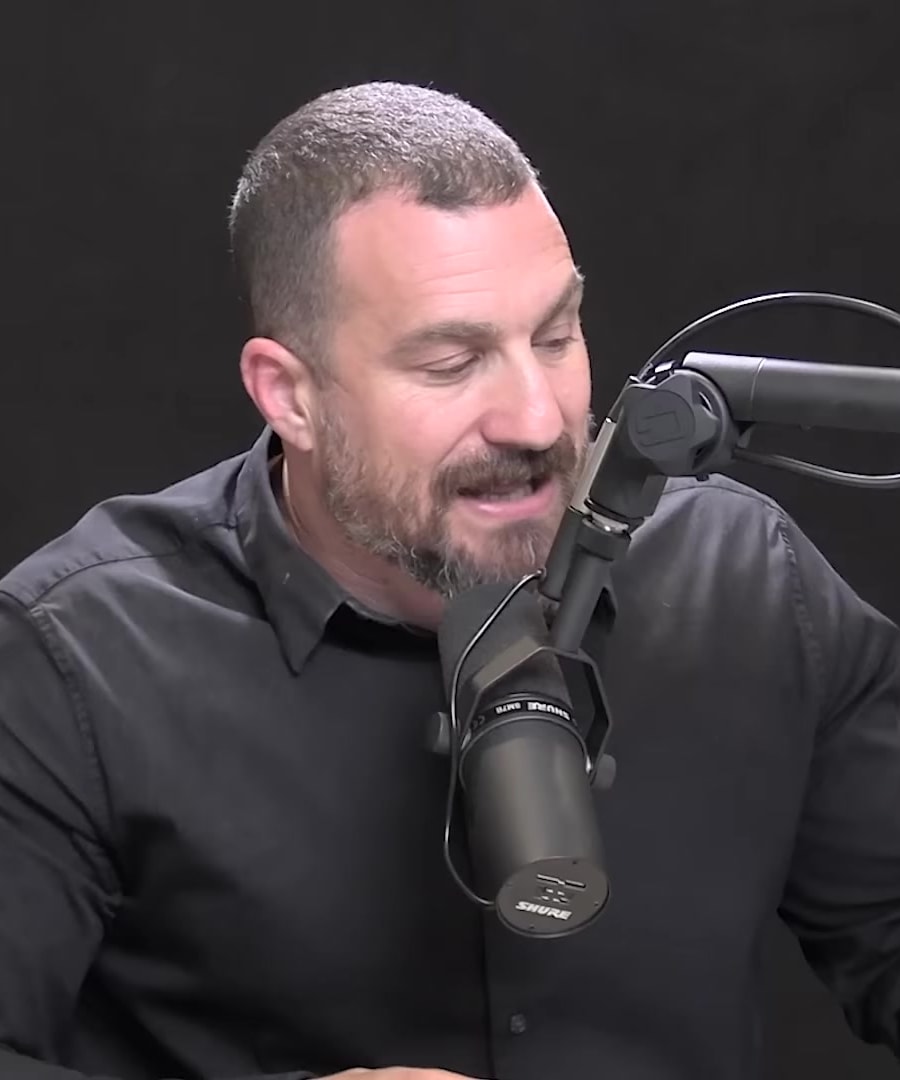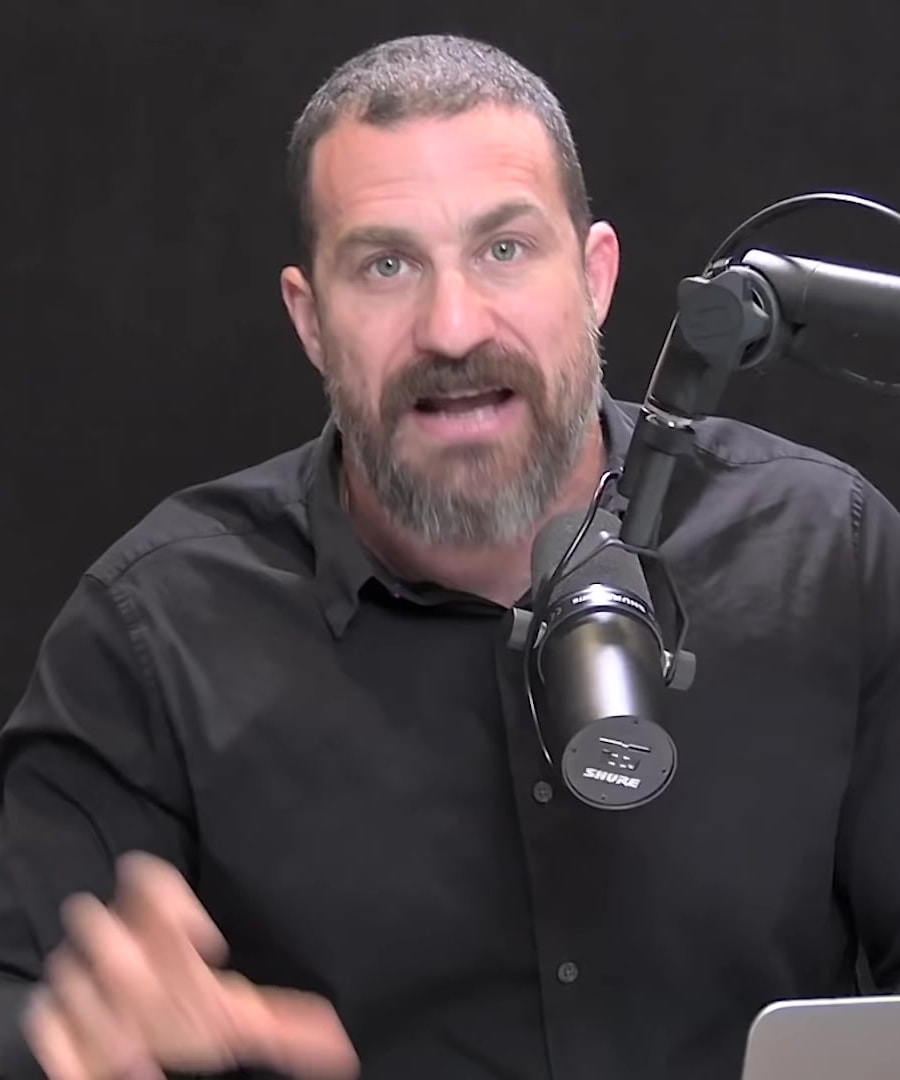What are the best protocols for cold exposure?
Sources:
There are several protocols for cold exposure detailed by on the . Here's a summary of the best protocols for cold exposure based on the different goals and benefits discussed:
-
General Cold Exposure:
- Ideal temperature is one you can safely be in for 30 seconds to 3 minutes, with some discomfort that presents a challenge to stay in.
- Temperature varies for individuals; aim for safety and discomfort sufficient to overcome the urge to leave 1.
-
Enhancing Mental Health and Performance:
- Deliberate cold exposure increases norepinephrine and epinephrine release.
- Practice getting into cold uncomfortable temperatures for short durations to build resilience 2.
-
Søberg Principle (for metabolism enhancement):
- End with cold exposure and allow your body to reheat on its own after the cold.
- Try to reach a point where you shiver either during or immediately after exposure to cold 3.
-
Recovery After Training:
- Shorter cold exposure sessions (1, 2, or 3 minutes in colder temperatures) after training can help reduce soreness and improve recovery.
- Cold water immersion is better than passive recovery for high-intensity exercise.
- Avoid using cold immersion for up to 4 hours after strength/hypertrophy training if your main goal is muscle growth 4.
-
Fat Loss Optimization:
- Engage in cold exposure that induces shivering and involves cooling and rewarming of the body.
- Go back and forth between the cold environment and a slightly warmer environment to activate shivering 5.
For more detailed instructions and information, you can also visit the website The Cold Plunge, where protocols for cold exposure are listed at zero cost.
Remember to listen to your body and ensure safety during cold exposure sessions, and consult with healthcare professionals if needed.
RELATED QUESTIONS-
Can you give me more details on cold exposure protocols?
Sources:
discussed various detailed protocols and guidelines for cold exposure with different end goals in mind. Here are the key points, outlining specific protocols and their benefits:
-
General Cold Exposure:
- Cold temperature should be between 30 seconds to 3 minutes, which you can stay in but is uncomfortable enough to challenge your impulse to leave 1.
-
Mental Health and Performance:
- Increase norepinephrine and epinephrine through deliberate cold exposure to build resilience by practicing short-term exposure to uncomfortable temperatures 2.
-
Recovery After Training:
-
Fat Loss:
- Use cooling and rewarming of the body to induce shivering by moving between cold and warmer environments in a method called the fat loss optimization protocol 5.
-
Building Resilience:
For detailed instructions and a written protocol, you can visit the Cold Plunge website, which hosts these protocols for free 5. Additionally, provides a newsletter detailing cold exposure benefits and instructions in short PDF form to guide you through these processes 1.
Lastly, remember to ensure any form of cold exposure is safe for your body and avoid any risky or unfamiliar methods without proper guidance or supervision.
RELATED QUESTIONS-
isnt cold exposure bad for you, when done daily, due to cortisol or stress responses on a population that is already too stressed here in america
Sources:
Daily cold exposure is not necessarily bad for you. However, it does depend on how it is practiced and the individual's response to stress. Here are some insights from the regarding cold exposure and its relation to stress and cortisol:
-
Stress Response: When discussing the use of cold for recovery, indicates that subjecting the body to cold can trigger the classic fight, flight, or freeze response, resulting in physiological stress. It's crucial to understand that cold exposure can serve different purposes, such as managing mindset or physiological responses like vasoconstriction 1.
-
Deliberate Cold Exposure: Dr. Huberman mentioned that deliberate, uncomfortable cold exposure that is still safe can help regulate cortisol and hormone production. This exposure results in an adrenaline surge followed by dopamine release, which is significantly beneficial if done earlier in the day, particularly for fertility. However, the stress caused by getting into the cold can eventually help manage overall stress, as it leads to reduced cortisol levels later in the day 2.
-
Transient Cortisol Increase: In a discussion about the impact of cold water therapy, it was noted that there's an increase in cortisol when first exposed to cold, but this increase is transient, and levels eventually subside. The idea is to stress the body and the system with cold exposure but then manage the stress through practices such as slow breathing or distraction. Over time, this process can lead to a long-lasting rise in dopamine levels and an increase in calm and focus 3.
-
Eustress vs. Distress: Deliberate cold exposure appears to create what's known as eustress, a positive type of stress that increases chemicals like norepinephrine and dopamine without significant increases in cortisol. This type of stress trains resilience and offers health benefits 4.
-
Immune Function: Short bouts of stress like cold exposure can enhance immune function if they don't disrupt sleep. Cortisol has a role in activating the immune system and is beneficial if elevated in the morning. Properly managed, these stress responses can enhance our natural defenses 5.
These insights suggest that while cold exposure does induce a stress response, when performed properly, it can offer substantial benefits, including stress regulation and enhanced immune function. It's important to note that acute stress from cold exposure is different from chronic stress, and it's also essential to ensure that any stress-inducing activities do not impair sleep, as sleep is critical for overall health.
RELATED QUESTIONS-
What are the best protocols for cold exposure?
- RELATED QUESTIONS
Can you give me more details on cold exposure protocols?
- RELATED QUESTIONS
isnt cold exposure bad for you, when done daily, due to cortisol or stress responses on a population that is already too stressed here in america
- RELATED QUESTIONS
